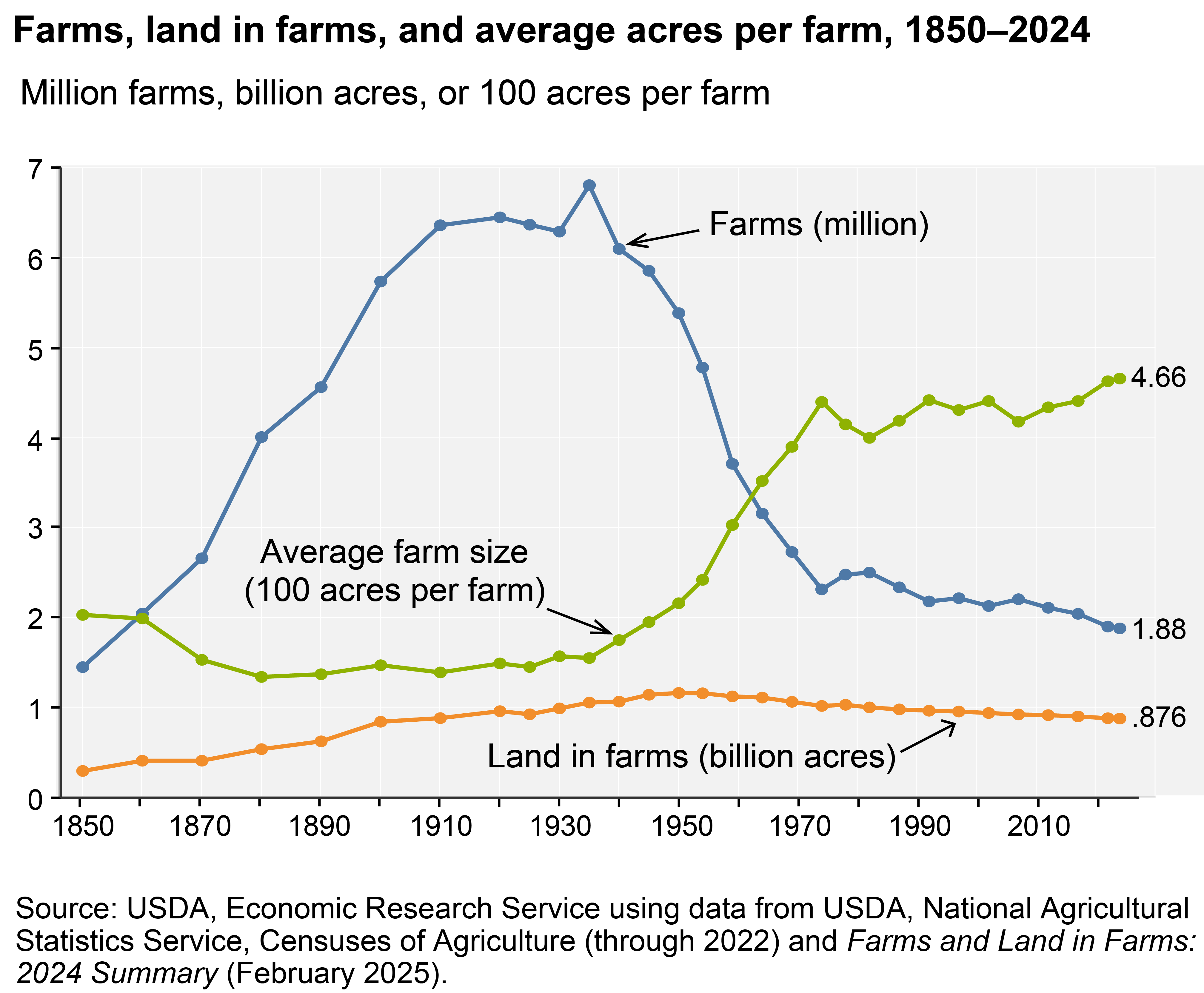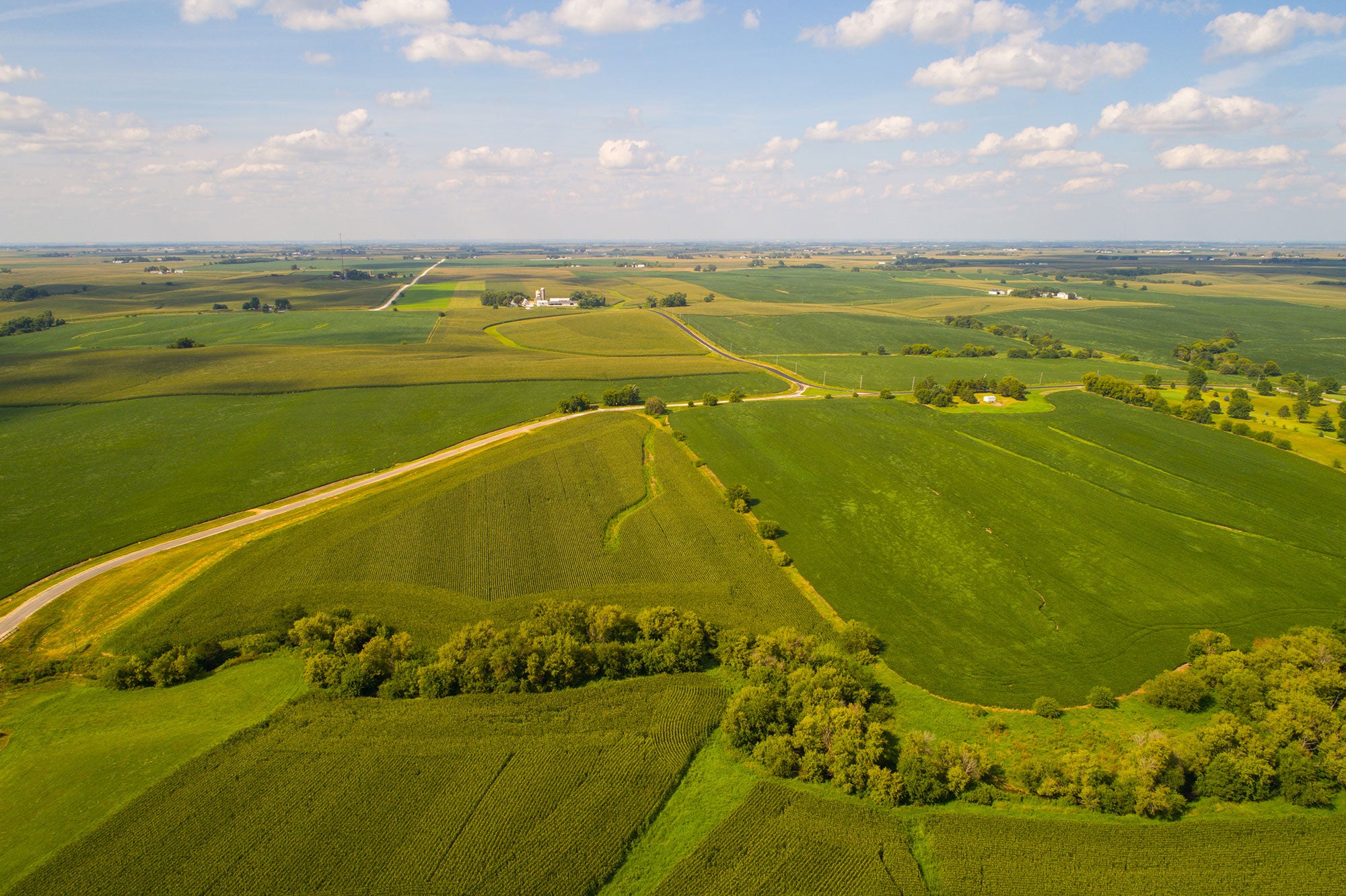WARREN COUNTY, Iowa — Tom Vilsack, former Iowa governor and the U.S. secretary of agriculture during the Obama and Biden administrations, spoke Tuesday with farmers and rural Iowans about his ideas to grow rural communities.
In the pine-paneled Middleswart Lodge, looking out over Lake Ahquabi State Park, Vilsack explained policies he started, and hoped would continue, that make a farm — rather than a farmer — work harder.
This means programs like the Climate Smart commodities program, which pays farmers a premium for using sustainable agriculture tools, or practices that make use of other farm products, like an anaerobic digester that turns animal waste into renewable energy and a check for the farmer
“You could combine the marketplace and the private sector and government to do right by the environment and to do right by the small and mid-sized [farms],” Vilsack said. “The farm would work harder, not the farmer.”
Don and Mary Mitchell, Warren County farmers who attended the program, said they had “never thought” of some of the ideas Vilsack mentioned.
As farmers in their later years, the Mitchells said they wouldn’t implement those strategies today, but would have benefited from such options earlier in their lives.
“We might have saved a lot of miles driving back and forth from our place to Des Moines,” Mary Mitchell said with a laugh.
Don Mitchell was a farmer that had to “work harder” to keep his family afloat when the small family farm wasn’t enough. For him, that meant commuting to Des Moines for an off-farm job for many years.
U.S. Department of Agriculture statistics show that the majority of farmers in the U.S. have off-farm income and small farms depend on non-farming income to survive.
Vilsack said he realized after his first stint as agriculture secretary that the system was set for farmers to either “get big or get out,” which has led to a loss in the number of farms and dwindling rural communities.

Vilsack said he’s not “bashing the big guys” but said he wanted to try and find a way to make it so small and mid-sized farms could also make it. He said the same solutions would also create a circular, rather than extractive, ag economy and support rural communities.
“So now you not only have more prosperous farms, you also have more jobs, you have more reasons for people to stay in that small town,” Vilsack said.
Vilsack said some of these programs have been kept by the current administration though they might live under a different name.
“There’s just an enormous opportunity here if our leaders understand that we need a creative option,” Vilsack said. “This is not a situation where it’s this as opposed to something — it’s this in addition to something.”
The Trump administration has canceled Biden-era ag programs like the partnerships for Climate Smart commodities and a program that allowed schools to purchase food from local farmers. Other programs, like the Rural Energy for America Program, or REAP, have been restructured to better align with the Trump agenda.
Vilsack said there’s also an opportunity for the state, counties, cities, or philanthropic groups to step in when a federal program is cancelled. Even if it doesn’t do as much as a federal program, it sends a message.
“The key here is to understand the significance of doing something, and then having the state officials understand and appreciate and communicate to federal officials,” Vilsack said. “That’s how you can change and impact and affect policy.”


While the event was the start of a series of forums organized by the Iowa Democratic Party to highlight its plans to “grow Iowa,” Vilsack said he spoke in his capacity as an Iowan, not a politician.
“This is not about any political stance that I may have,” Vilsack said. “It is about my deep concern about our state and my deep, deep concern about the state of rural America.”
Vilsack said he sees a way forward, and it might as well start in Iowa.
“It doesn’t necessarily have to cost a lot of money, but it is a partnership between the government, farmers, universities, food companies, energy companies, utilities, conservation groups, environmental groups — it can bring all of this together instead of this, us or them kind of thing that we’ve got going on.”
Iowa Democrats plan to hold similar forums, with other speakers, in different areas of the state, but have not yet released a schedule.
Iowa Capital Dispatch is part of States Newsroom, a nonprofit news network supported by grants and a coalition of donors as a 501c(3) public charity. Iowa Capital Dispatch maintains editorial independence. This article, originally appearing here, was republished under under Creative Commons license CC BY-NC-ND 4.0. Contact Editor Kathie Obradovich for questions: [email protected].


:max_bytes(150000):strip_icc()/100409181_beef_cattle-041f8c6cd1eb4b47b2f421f13e288c82.jpg)
:max_bytes(150000):strip_icc()/IMG_8988-scaled-e1752941730478-2048x1351-961609cd4d8440daa2d2ebda8ef2e480.jpeg)
:max_bytes(150000):strip_icc()/eddyville-qore-2048x1536-96b043e301e24d9ea397683878b0ca5a.jpg)



:max_bytes(150000):strip_icc()/Corn-money-dry-green-e9c2a7a7a93a42928d06c95377f2761c.jpeg)
:max_bytes(150000):strip_icc()/50028573847_e980d495b4_o-6625ede4b02740578e9bfb98936e4112.jpeg)
:max_bytes(150000):strip_icc()/52513708671_2a6075fabe_o-fd1bf009dced4801b7f81702a5ed15e7.jpeg)